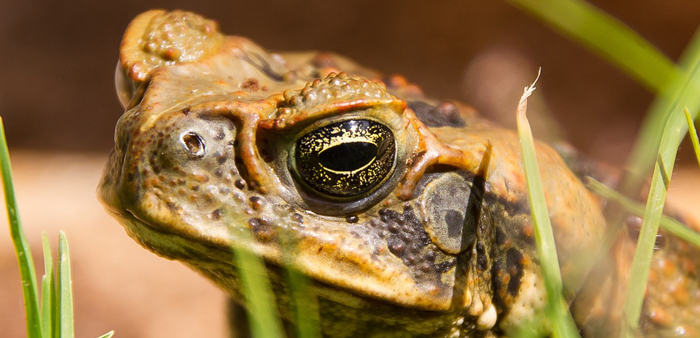
South Australia is doing some great work on feral animal control, including the world’s largest island eradication program.
In mid-May I joined a South Australian Government seminar to learn more about their feral animal control programs.
Claimed to be the largest in the world, a goat and deer eradication program on Kangaroo Island is close to claiming success. After eight years and close to $2m, the dedicated project team has removed all goats and deer in the national park and on private lands and is now monitoring to see if any have been missed. The eradication has not been easy. Essential to its success has been long-term funding, retention of key staff for the entire project and a commitment to working closely with landholders. To maintain Kangaroo Island’s feral free status, controls are planned to prevent goats and deer from escaping from the island’s farms in the future.
Operation Bounceback, centred on the Flinders Ranges, is a great success story. Started in 1994, it has now expanded from Flinders Ranges National Park to include Gawler Ranges, Olary Ranges and 31 neighbouring private properties. The program targets goats, foxes and, more recently, cats using aerial shooting, complemented by ground shooting by rangers and sporting shooters. In one surveyed area of the Flinders Ranges National Parks, less than 50 endangered yellow-footed rock wallaby were spotted in the 1990s and they were under serious risk of local extinction. In 2012, the same area had over 1,000 rock wallabies. Native animals and plants have begun to recover. In places where fox densities remain low the program is considering reintroducing lost native mammals, but high cat numbers will have to be dealt with first. Partnerships with landholders have been vital. But where landholders have been able to make money from goats on their properties, this economic incentive has hampered goat control.
In South Eastern South Australia, deer have been a growing problem after regular escapes from several deer farms. A coordinated program was initiated in 2002 after the then Minister for Agriculture expressed a strong interest in taking action . An early survey of landholders found they were fearful of deer shooting because of a general fear of hunters. They were also concerned about car accidents caused by deer and the risk of diseases spread by deer. Since the control program has been in place, community attitudes have shifted to being more supportive of control, although many people still see deer as a resource rather than a pest. Ground and aerial culling over ten years resulted in more than 2,800 deer killed and the population is now half the original size. The deer farms are no longer a source of escapees after regulations controlling fences for deer farms were strengthened.
On the Yorke Peninsular, a large-scale fox control program in place since 2008 has 575 permanent bait stations. This has resulted in the stabilisation of mallee fowl numbers in Innes National park, more emu chicks, increased sightings of endangered heath goannas, the return of penguins to the coast and landowners reporting higher lamb survival rates.
We also heard how technology is making pest control easier. Thermal imaging cameras can readily spot camels over large areas day or night and deer can be located under forest canopies. Small automatically triggered cameras are now widely accessible. These cameras capture the occurrence of feral animals and their behaviours, assisting with the effectiveness of trapping and baiting programs. DNA technology now allows the detection of pests such as carp, trout and bullfrogs from water samples, and the presence of invertebrate pests such as cats can be detected from leeches, mosquitoes and carrion flies in an area while grazing pests such as goats can be confirmed from saliva left on eaten plants. The Invasive Animals CRC is developing a range of new poisons, fertility control chemicals and species-specific poison delivery devices.
The seminar finished with an overview of South Australia’s program to prevent the establishment of new pests. Twelve ‘Alert Pest Animals’ have been identified as an extreme risk to the state and a publicity campaign seeks to involve the public in looking for new outbreaks. Stowaways from other states and the keepers of birds and exotic pets are two of the highest risk sources. A specialist ‘First Response Team’ is ready to quickly respond to emergency pests and diseases where action is needed within days of a new outbreak’s discovery.
While the low population and relative isolation of South Australia provides some natural advantages for feral animal control, there is much that other states could learn from the work of the South Australian government.
Recent setbacks in feral animal control for the environment in other states include Queensland’s diversion of scarce biosecurity resources into wild dog control for farmers, inaction on deer control due to opposition from hunters in Victoria, NSW and Tasmania, and inaction on feral horse control because of brumby advocates in NSW and Victoria. More generally, there has been a failure to establish the large-scale multi-landholder feral control programs needed to recover populations of many native species.









